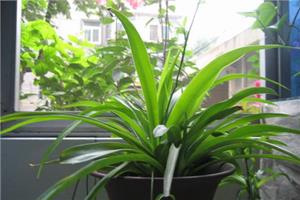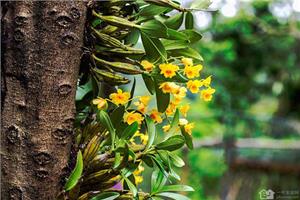How are aloe plants raised? culture and growth conditions of Aloe vera
Now, the environmental pollution is becoming more and more serious. People like to plant some green plants at home. As aloe has the effect of absorbing carbon dioxide and purifying the air, planting aloe at home can make the indoor air fresh and good for people's health. Planting a pot indoors is definitely the right choice. Let's take a look at how aloe plants are raised.

1. Aloe vera can be cultured by cuttings and separate plants.
The main results are as follows: 1. The cutting method is carried out from March to April in spring. The top of the old plant with strong growth is cut for cuttings. The cuttings are 10 to 15 meters long. The leaves on both sides of the base are cut off and placed in the shade for 2 to 3 days. The cut is slightly dry and inserted into the culture soil. Keep the basin soil moist and root for 20 to 30 days.
2. Split-plant method: when changing pots every spring, the young plants are removed from the old plants and planted in a separate pot. The young plants in the new pot should be watered, put outside in ventilation and semi-shade in summer, watered every afternoon, keep the temperature above 5 ℃ in winter, and put in a dry and sunny place indoors to grow well.
2. Culture and growth conditions of Aloe Vera
Aloe is originally a tropical plant, born of fear of cold, but aloe is also a good kind of easy-to-live plant. Of course, in order to make aloe grow fast and breed more, it must be carefully cultivated according to the characteristics of aloe.
1. Soil: aloe likes to grow in loose soil with good drainage performance and not easy to consolidate. General soil can be mixed with some gravel ash, such as the addition of rotten leaf grass ash is better. The soil with poor drainage and permeability will cause root respiration obstruction and root necrosis, but excessive sandy soil often causes the loss of water and nutrients, resulting in poor growth of aloe.
Temperature: aloe vera is afraid of cold. It grows in a frost-free environment for a long time. The growth stops at about 5 ℃. At 0 ℃, the life process is disturbed. If it is lower than 0 ℃, it will be frostbitten. The most suitable temperature for growth is 15 ℃, and the humidity is 45%.
3. Water: like all plants, aloe also needs water, but it is most afraid of stagnant water. In the rainy and wet season or in the case of poor drainage, it is easy to shrink leaves, rot branches and roots and even die.
4. Sunshine: in addition to keeping warm in autumn and winter, we should also pay attention to let aloe see more sunshine as much as possible. Indoor potted aloe can be put in a place away from the wind and the sun. If the temperature is low, you can cover it with a transparent plastic bag and bask in the sun after 9: 00 in the morning and before 3: 00 p. M. Although he likes the sun, he still grows well without direct light. Such as in the sunny place maintenance, heavy water and fertilizer, rapid growth, especially pay attention to maintain sufficient water, otherwise the leaf tip is easy to scorch.
5. Fertilization: during the vigorous growth period of aloe, nutrients in the soil are constantly absorbed by the plant, if not topdressing in time, the growth of aloe will be affected. Organic fertilizer is generally slow, can not wait until the growth of aloe has been affected before fertilization, so it is too late. Do not apply too much fertilizer at one time, do not stain the leaves, and rinse with clean water if contaminated. During the planting period, it is necessary to strengthen management, loosen the soil and weed for many times, which can promote soil ventilation, accelerate the transformation of soil nutrients, promote root development, improve disease resistance, and achieve rapid and healthy growth.
The above is the relevant introduction of this article, I believe you have a simple understanding of this after reading it, if necessary, you can continue to pay attention to the No. 1 home network for more information.
Related
- Wuhan Hospital Iron Tree Blooming Result Was Instantly Frightened by the Gardener Master
- Which variety of camellia is the most fragrant and best? Which one do you like best?
- What is the small blue coat, the breeding methods and matters needing attention of the succulent plant
- Dormancy time and maintenance management of succulent plants during dormancy
- Minas succulent how to raise, Minas succulent plant pictures
- What are the varieties of winter succulent plants
- How to raise succulent plants in twelve rolls? let's take a look at some experience of breeding twelve rolls.
- Attention should be paid to water control for succulent plants during dormant period (winter and summer)
- Watering experience of twelve rolls of succulent plants
- Techniques for fertilizing succulent plants. An article will let you know how to fertilize succulent plants.



